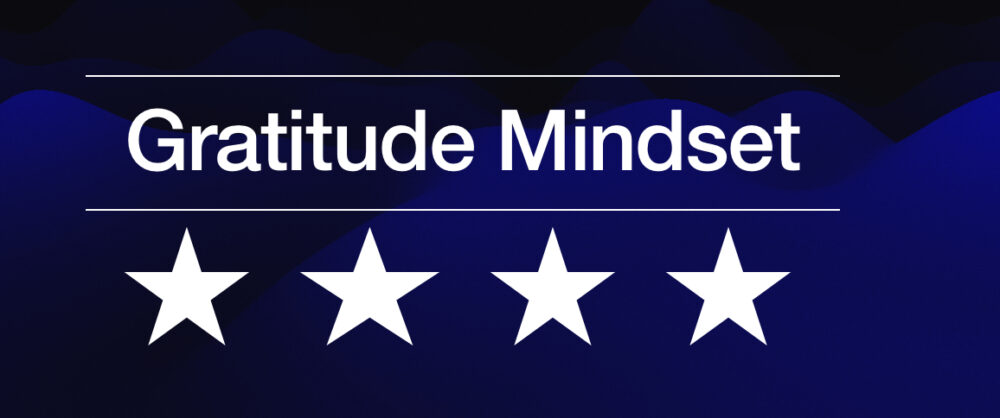“Anything is possible if you have the mindset and the will and desire to do it and put the time in.” Roger Clemens
Financial mindset consists of a predetermined set of beliefs, thoughts, habits and behaviors an individual has about saving by paying yourself first, investing for the long-term and accumulating wealth for financial well-being.

Every person has a set of beliefs, thoughts, habits and behaviors about money and personal finance. Even if they can’t express what their thoughts and mindset are, they still exist subconsciously. By observing your own financial outcomes, you can begin to better understand your financial mindset, behaviors and habits.
Without a positive financial mindset, it is difficult to develop the good financial habits and behaviors that will be necessary to lead to an improved financial outcome and well-being.
A positive financial mindset means knowing that if you just hang in there long enough, things will work out financially with the correct financial habits and behaviors. Even if you partake in one positive action each day, your confidence and belief will grow, along with your wallet.
Focus and Thoughts
“If you’re trying to achieve, there will be roadblocks. I’ve had them; everybody has had them. But obstacles don’t have to stop you. If you run into a wall, don’t turn around and give up. Figure out how to climb it, go through it, or work around it.” Michael Jordan
Mindset is basically about your thoughts and a harbinger of what you focus on in the short and long term.
When you focus a thing, be it positive or negative, your mind has a tendency to heighten your attention on that thought. As a result, by focusing on one thing, such as the fear and uncertainty caused by the COVID-19 pandemic, you have a tendency to miss other things good and positive happening around you. Essentially, your focus becomes the filter in which you observe your world.
Focus on opportunities
“No matter how dark things seem to be or actually are, raise your sights and see the possibilities, always see them, for they’re always there.” Norman Vincent Peale
This too will pass is a common refrain worth remembering in trying times like these created by the pandemic. History and good old common sense tells us that crises always come to an end and this COVID-19 will be no different.
We can control our thoughts, mindset and where we focus our attention. Thus, it behooves us to focus our thoughts on those things we can control and to think about what we need to do now, in the short term, to survive the current storm and prepare our paths for future opportunities and better days.
It’s about doing things now, in the downtime, in order to be prepared and prime to operate in the uptime. It is about laying the groundwork for tomorrow’s long-term financial success during today’s challenging times.
By focusing on the negative and on things outside our control, we can miss the other things and opportunities happening around us.
Positive Attitude
“Our attitude toward life determines life’s attitude towards us.” John N. Mitchell
Nothing is going to change in your life unless you change a negative attitude and mindset. And, you can change your life almost immediately if you can change your attitude and mindset. Many have said that, “A bad attitude is like a flat tire. If you don’t change it, you’ll never go anywhere.”
Furthermore, John N. Mitchell said it best when he said that, “Our attitude toward life determines life’s attitude towards us.” We’ve all heard about the power of our attitude, and that it’s our attitude can determine the altitude of your success in life.
References:





 According to the Washington Post, less than 5 percent of those holding senior executive positions at Wells Fargo in 2018, a year before Scharf became chief executive officer, were Black.
According to the Washington Post, less than 5 percent of those holding senior executive positions at Wells Fargo in 2018, a year before Scharf became chief executive officer, were Black.


